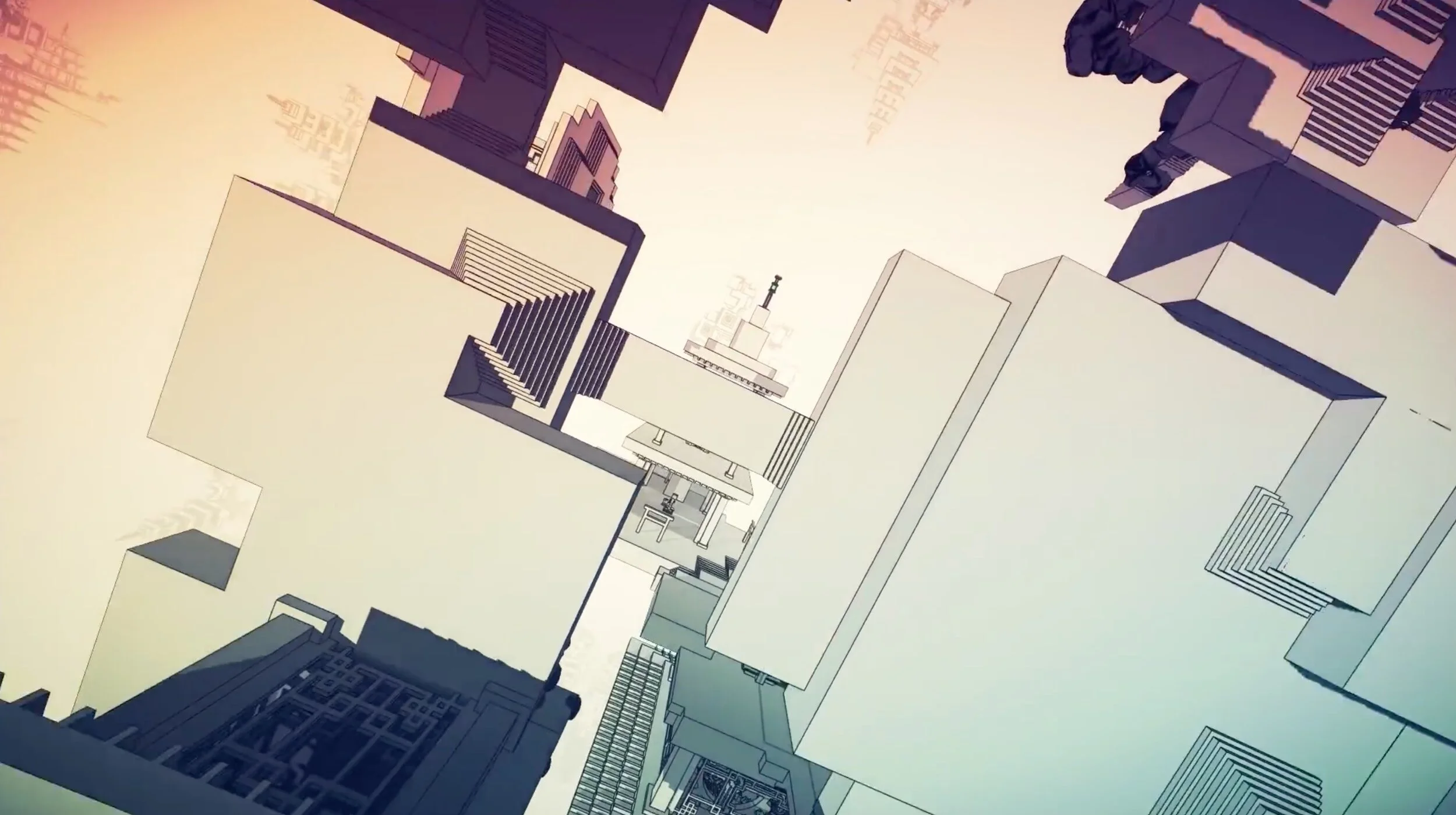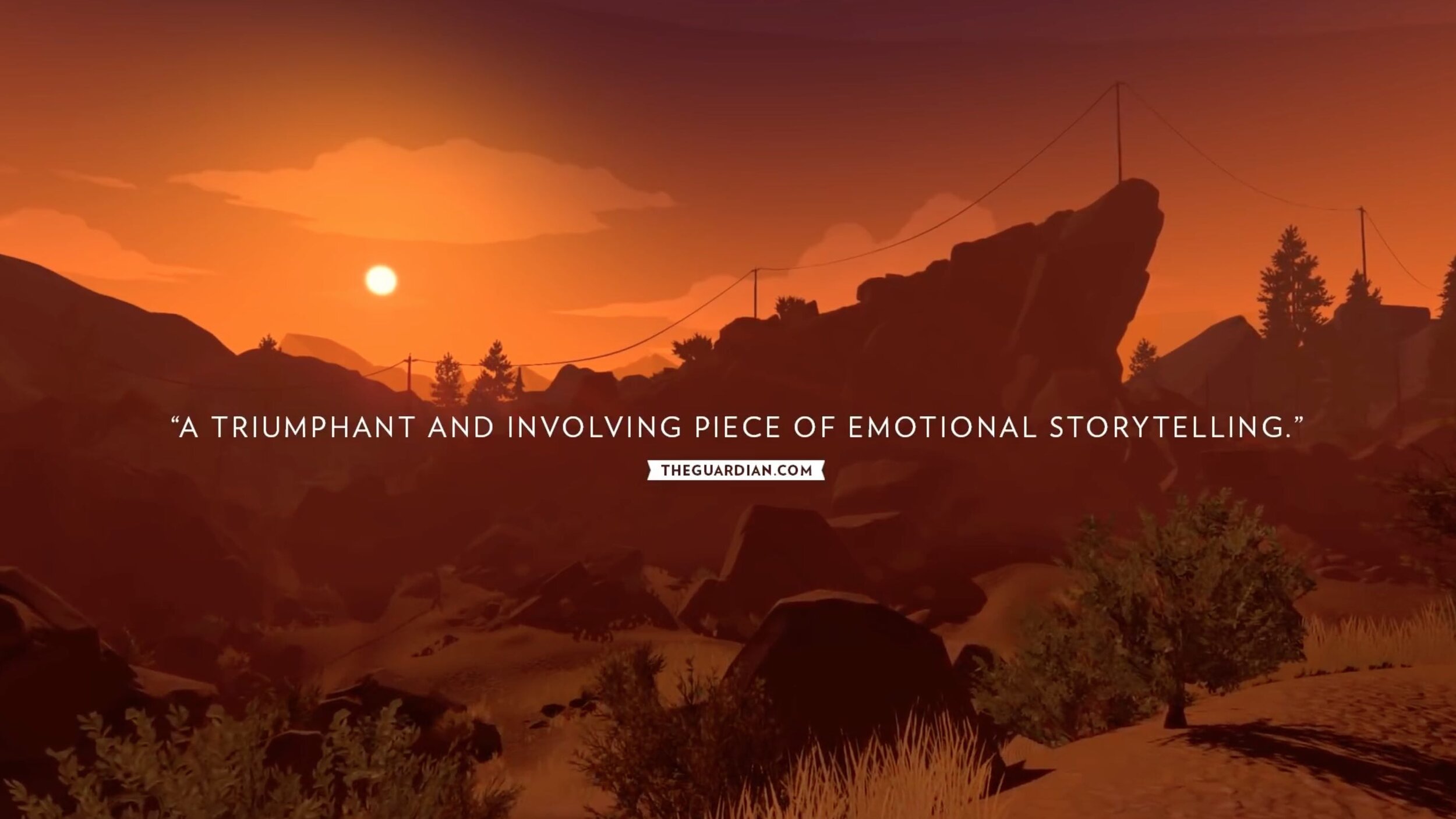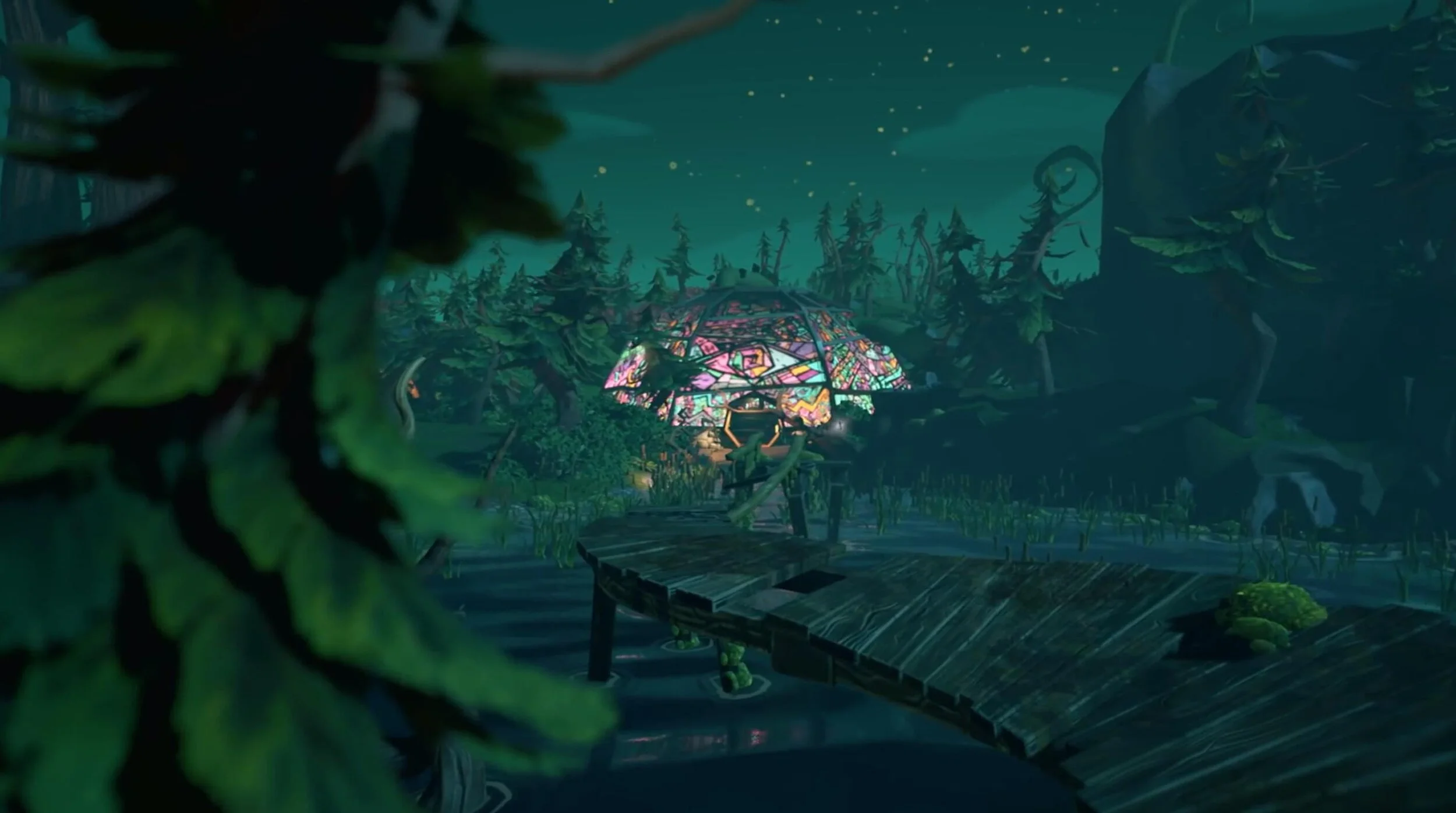Layering Second Reads Onto Game Capture
Clarity is what I aim for with all my game trailers and trailer making advice because if something is unclear, it's probably not going to be understood or retained by the audience. Clarity is also what allows for interesting "second reads" of the trailer, which is the topic for today!
If you're not familiar with the concept of "reads" it's just considering the first things we see when we look at something, followed by the second, third, etc. It's broken down very well in this article I often cite by game designer Zach Gage where he talks about how this concept can help you better design the visuals for a game.
Most of my articles focus on the first read of each shot, because it's the most important (and frankly, it's where a lot of trailers could stand to improve the most). The first read is pretty much: "What is happening in this shot?" Is the player performing an action? Is the camera movement telling us something? Does the environment tell a story?
This shot from the trailer I made for Manifold Garden is about navigating the space by falling, but a lot of the things in this shot look like interesting places to go too!
The second read content is there for the sharp eyed person who watches closely and wonders: "What is that? Is that a secret? How do you get there? What does that imply? What is this teasing?" Think of all those YouTubers whose channels are about watching trailers frame-by-frame to speculate about game and movie content; this is the content they crave.
Here's a non-exhaustive list of things which can create a second read of the trailer:
Environmental storytelling
Gameplay collectibles
Navigation challenges
Problems to solve later (a la Metroidvania games)
Combat puzzles & complexity
I tend to find HUD/UI elements to be too distracting to the point that they risk becoming the first read of a shot, but sometimes they can serve as the second!
Environmental Storytelling
Because game trailers are mostly comprised of shots captured specifically for the game, that means we have the power to include or exclude just about anything we can think of. The game is a virtual film set where to varying degrees we get to pick where to point the camera, the actors, props, lighting, etc.
For example, if I want to capture a shot where a character jumps from one platform to another there are probably many parts of the game where I can do this where there's little more than a room with two platforms. But depending on the game, there might be a room with two platforms, and in the background there's an ancient statue which is partially destroyed and grown over with moss. The first read is the jumping, the second read is the statue.
I will consider this sort of “layering” whenever there’s a shot in the trailer which is pretty simple in concept and adding on a second read won’t hinder the legibility of the first read.
By the way, no matter how much you wish otherwise, text will ALWAYS be the first read of a shot. Never ever include text unless you intend for it to be read. Our brains are wired to really want to read text and look at faces, everything else is a second read.
Gameplay Collectibles
Collectibles are another easy thing to include in shots, again, just not when they’ll distract or draw too much attention from the first read of a shot. If there’s a shot about a character fighting enemies (which commands most of the attention) there might not be much harm in doing it in a space where you can clearly see some sort of secret or collectible item from the game.
This can have the effect of showing the game’s longevity or just fleshing out the things there are to do in the game in addition to the primary verbs. I often say to wait until the end of the trailer to include “content montages" which amount to saying: “This game has a lot of stuff!” But I think it’s okay to sneak in hints of this in early shots, so long as they are an additional detail, not what you’re drawing attention to.
The first read of this shot is the environment and the stained glass dome, but there's also a Psi-card collectible in this shot!
Navigational Challenges & Problems to Solve
In games where there are many paths, I like to sometimes tease audiences by showing the character walking through a space where they could’ve branched off into another direction. My hope is people see this and then think: “What would’ve happened if they went in that direction!? I need to find out!”
Or maybe a character takes the faster, easier path through a level in the trailer, but in doing so leaves behind a collectible or two. These are not the main focus of the shots, but more like me planting an itch in the mind of the audience.
It’s like me proposing a challenge to the player to get the game so they can do better than they saw in the trailer. Or maybe the character walks past a locked door, but doesn’t go into it. Or bypasses a series of switches without interacting with them.
This shot from Neo Cab is mostly about the map and indicating how you use it to pick new passengers. Some secondary readings could be about the meters for money and fuel.
Combat Puzzles and Complexity
Some games have a mix of enemy types who in combination create interesting combat encounters. The subtleties of how those combination affect your experience might be too much to process, but sometimes I like to show scenes with a mix of enemies hindering the player’s progress in order to tease the depth of the combat systems.
For example, in the Psychonauts 2 Story Trailer, I captured a shot where an Enabler character is protecting a Bad Idea enemy who throws projectiles, while I’m fighting a basic censor enemy. The censor right is the first read because that’s what Raz is fighting, but the other two enemies serve as the second read for people to might want to analyze the gameplay more closely.
The first read of this (hopefully) is Raz fighting a censor. The second and maybe third reads are the other enemies, and collectibles surrounding the arena.
I’m sure there are many many more ways to layer a shot with second or even third reads, but as a general guide, here is what I recommend you do:
When the character is doing something, ask yourself if there’s enough room in the shot for some secondary information you could include on the periphery or background of the shot which wouldn’t draw so much attention to distract from the first read. You can layer on second reads to include more:
Story
Character moments
Game mechanics
Game features and content
Level design
And much more!
Layer in game concepts into your shots, but pull back before those second reads make the frame cluttered with information which distracts from the first read. If done well, you can make the trailer more richly layered with information about the game beyond the primary verbs and actions depicted in each shot.
Why include a shot where your character is opening a chest when you can do the same in a room with ruins and torn apart paintings? This will give the game more depth and it might even give more material for YouTubers and content creators to chew on if they’re interested enough in reacting to your trailer or just give people a reason to go back for a second viewing or more.






